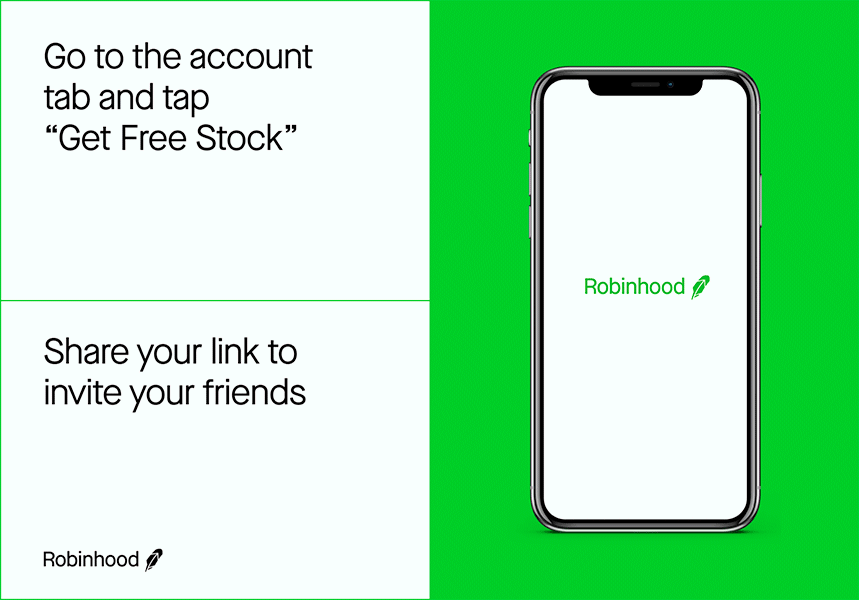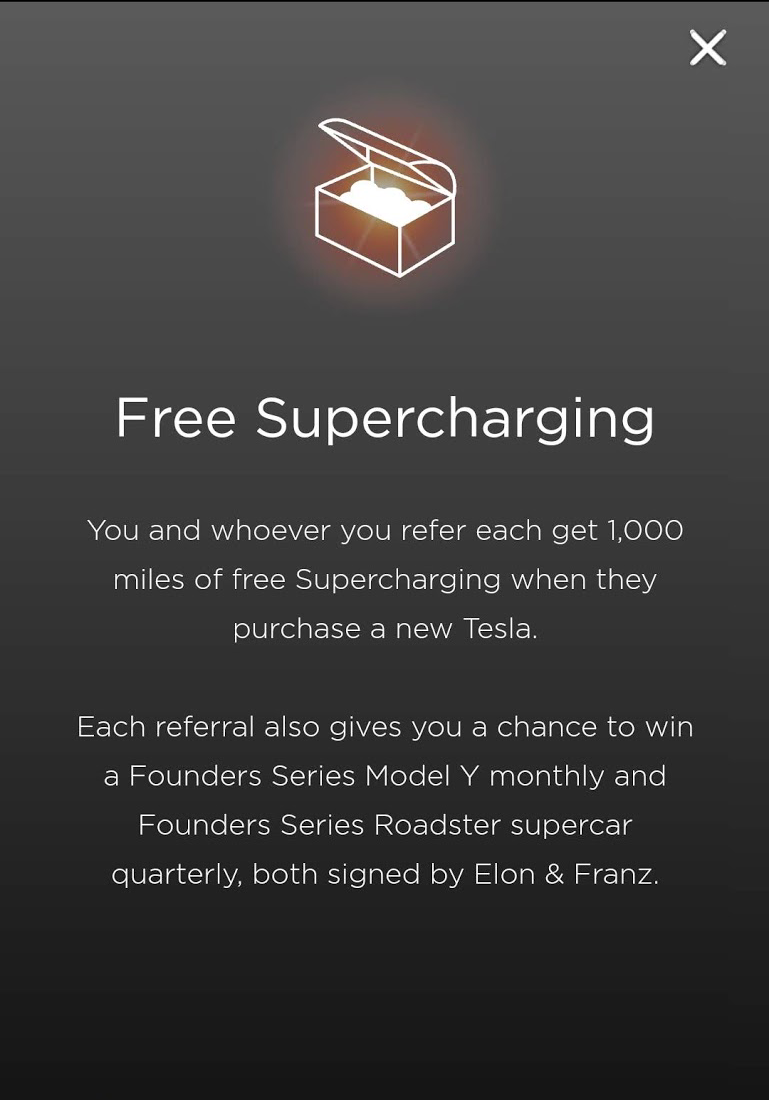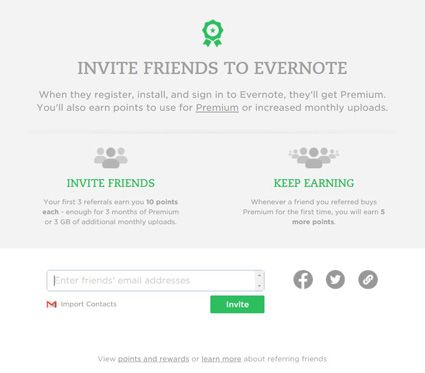It should come as no surprise that people trust the recommendations of their friends and family more than advertisements. Just how much? 90% of people say they believe brand recommendations from friends, compared to only 8% who prefer internet advertisements as the best source of product information. That’s right. No matter how engaging your ad copy is, how thumb-stopping your images are, or how clever your campaign strategy is, it won’t hold a candle to someone telling a friend, “Hey, you know what you should try?”
As marketers, it’s our job to strategize and adjust tactics to acquire customers as efficiently as possible. Therefore, it only makes sense to harness this power to drive growth.
Thinking of unlocking this channel for your business? This guide to referral marketing will give you everything you need to get started.
What is Referral Marketing?
Referral marketing is essentially incentivized word of mouth. It’s when marketers work to influence and optimize the process of getting existing users to spread the word and help bring in new customers.
Humans are social animals. If we find something cool or useful, we want to tell our friends about it. Sometimes, the idea of helping a friend, combined with the social proof of being the one having a solution for them, is enough to complete the transaction. It’s a natural reaction.
But sometimes that’s not enough. It doesn’t necessarily mean you have an inferior product. Sometimes it just means that customers aren’t properly motivated to do so. Additionally, while organic word of mouth is always valuable, how much can you rely on it if it can’t be measured?
Benefits of Referral Marketing
Customers acquired via referral are also more loyal and have shown a 37% higher retention rate. So it’s pretty apparent how beneficial having a strong referral marketing strategy and program can be
For starters, from a cost-per-acquisition standpoint, referral marketing is often a brand’s most efficient channel. Rather than spending on ads, the only cost is essentially the cost of the reward. Since businesses have complete control over this, all it takes is some testing and tweaking to find the most cost-effective reward that produces the highest volume of conversions, and your sustainable strategy is up and running.
Secondly, referral marketing inspires customer loyalty. It makes sense that the referrer would be among your better long-term customers. If they think highly enough of your brand to recommend it to a friend, your brand has become at least a small part of their identity, and your referral bonus has now rewarded them for doing so.
Best Practices For Referral Marketing
Make It Easy To Find
This first step might seem obvious, but it’s so important it’s worth reiterating. Don’t make your customers search through old emails to find their unique referral code. Don’t bury the offer deep within some hard-to-find page on your website. The more work you make your customers do here, the less likely they are to refer—plain and simple.
Make your offer prominent in all your channels. It should be regularly mentioned on social media and included in your email campaigns. Make it a banner on your site, and if you have an app, put your referral page within the main menu. It’s also critical to make it easy to share. Once a user navigates to the referral page, include one-click options for multiple channels (social, email, text, copy link, etc.) so that users can choose whatever means of communication they prefer.
Choose the Right Reward
We discussed choosing something cost-effective from an acquisition standpoint, the referral reward should also be a natural fit with both your product and audience.
For a commerce-based business, cash is still king. 77% prefer money vs. 18% who prefer swag. This is how companies like Uber or GrubHub have seen great success offering $5-$10 bonuses for referrals, and it’s such a natural fit because the rewards stay in their account for future use.
However, this isn’t the only way to run a successful campaign. The popular email newsletter Morning Brew grew from 100K to 1.5 million in 18 months by offering its users prizes such as additional content, stickers, and coffee mugs. While cash may be easier to promote, swag also has the added benefit of helping to promote your brand outside of the digital ecosystem.
Double-Sided Rewards
If a reward is offered only to the referrer, anyone they send it to will feel like they’re being sold to, and the referrer is just looking to collect a commission. If a reward is offered only to the new customer, why would your existing customer bother going through the effort trying to help you bring in new customers?
The solution, of course, is to offer something to both parties. Your existing customer is incentivized to spread the word about your product, and they get to offer their friend a gift! It’s a win-win and really the only way to set up a long-term referral strategy.
Examples of Great Referral Marketing Programs
One of the best things about referral marketing is the variety of ways these programs can be activated. They can work for any type of business – SaaS, B2C, or B2B. They can work for high-cost items and low-cost items. There’s even a ton of variability in the rewards you can offer.
Robinhood
Robinhood is a financial services platform that allows users to buy and sell stocks, ETFs, options, crypto, and more. A cash value award here would be simple, but Robinhood takes it a step further by thinking about what their customers actually want. Since their customers are using the platform to build their investment portfolios, Robinhood gives free stock to both the referrer and the new customer.

Robinhood’s referral program is also successful because it leverages variable rewards and keeps anticipation and interest high by randomly selecting the exact stock each party will receive. You and your friend might not even receive the same stock! According to their site, “value of the share may be anywhere between $2.50 and $200, and fluctuates based on market movements.”
This variability can result in one of two outcomes for the user, both of which are wins for Robinhood. Either the person received a high-value stock, in which case, they’re satisfied customers and will likely continue referring friends. If they receive a lower value stock, though, and while this might be disappointing in the short term, as we all know with the stock market, that stock could soar to a high value in no time! Therefore, that user maintains their relationship with Robinhood, watching their new asset to see if and when it gains value.
Tesla
Tesla is another excellent example of choosing the right reward for your audience. In Tesla’s case, their referral bonuses offer value that enhances their experience with their Tesla car, is proportionate to the cost of their products, and gives them the opportunity for a huge bonus!
First, Tesla offers customers 1,000 miles of free supercharging for each person they refer that purchases a new Tesla, a basic need for anyone driving a Tesla. Continuing their clean energy theme, you and anyone using your referral link can each earn a $250 award by purchasing or subscribing to solar panels. And as an ultimate bonus, each car referral also gives you a chance to win a Model Y or Roadster supercar!

This multi-tiered referral program works because it offers value at several different touchpoints, and has something that should satisfy any happy customer to refer to their friends. The supercharging is like the baseline reward, offering essentially cash value for something every Tesla driver needs. The solar energy bonus works almost as an upsell, providing value in an area Tesla drivers likely care about (clean energy) in a way that gets them more ingrained with Tesla (and less likely to switch back to a gas-powered car). And the raffle for a Tesla supercar is a bonus that speaks for itself. Who wouldn’t want to win a free car?
Evernote
Evernote is a digital note-taking app primarily known for allowing users to sync their notes across multiple devices. They offer three tiers of their app – Free, Premium, and Business – but unlike a lot of SaaS products, Evernote doesn’t necessarily need to be adopted by a full team. A significant percentage of their users are individuals on the free plan. Offering cash value for a referral would likely not work for them since it would likely just beget more unpaid users. So, what could they offer to their users that would be compelling enough for them to take action?
Evernote created a points system, where doing specific actions such as referring friends to sign up would build points that could be exchanged for enhancements within their Evernote account. Users can exchange their points for things like temporary upgrades to Evernote Premium, additional storage space, or even experiences like event tickets or visits to Evernote HQ.

Evernote started with the insight that the longer people are Evernote customers, the more they begin to rely on the program and are more likely to upgrade to the Premium version. Specifically, after about 35 months, 25% will have converted to Premium. This referral program works because the points give users some investment within the platform, making them more likely to stay with Evernote for longer. They can use the points to get a free sample of what Evernote Premium is like, and once they’re long-term customers, they’re more likely to upgrade. Evernote’s referral program is essentially an upsell machine!
Getting Started with Referral Marketing
Ready to start your own referral program?
First, what are you going to offer? What’s meaningful enough to your audience to inspire them to invite their friends? Cash can work, but being unique and keeping it interesting can go a long way.
Second, how are you promoting your referral program? Where will it live on your website or app? How often will you email your members about the offer? What’s a good place on your site or in your emails for this offer to live? Consider every piece of real estate you have and determine how you will mention the referral program on each one.
Next, how are you tracking the success of your referral marketing program? If you’re just getting started, you may be able to get away with doing it manually via spreadsheets. However, as you grow and want a more in-depth look into your analytics, assigning users a unique referral code becomes a necessity. Take time to consider that, at a certain point, referral-tracking software might make sense.
Lastly, how are you measuring success? Like many marketing programs, look at your referrals as a funnel, and work to improve bottlenecks. Take a look at your share rate. What percentage of your existing users send referral codes to their friends? If it’s less than 10%, you might need to work to make your offer more visible and prominent. Determine your referral conversion rate. How many people receive a referral code and sign up?
Again, if it’s less than 10%, this might mean your referral landing page needs work. There’s also a chance that your offer isn’t compelling enough, so try A/B testing here. Changing your referral bonus can also help your share rate as well. In addition, be sure to calculate your total cost per acquisition. Your referral marketing CPA should be significantly less than any other channel, ideally in the single digits. Think of other low to no-cost ways to promote your referral program – social channels, web homepage, email signature, etc.
Referral Marketing Can Be a Goldmine
Your customers are your greatest assets, and leveraging them can return huge rewards for your business. If you have a great product and provide excellent customer service, you’re already halfway there. Empower your audience with the right tools and incentives to spread the word, and you’ll be rewarded with real, sustainable growth.
If you need help creating a referral marketing program for your brand, our experts can help. Feel free to drop us a line.





